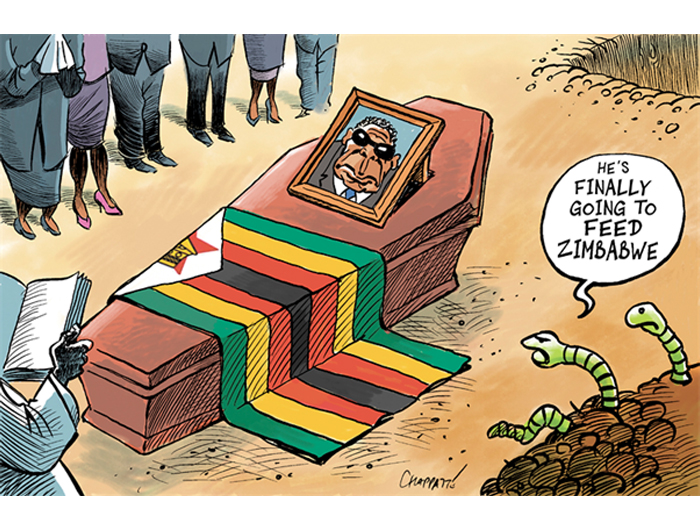How a financial crisis in Africa mothered Mobile Money
How big of a currency note can you think of? Is it a thousand dollars, 10 thousand dollars, or even a hundred thousand dollars? The Zimbabwe Currency Crisis was about a bill a lot bigger. Zimbabwe’s 100 trillion dollars notes financially ruined the state.
Ever since its independence in 1980, Zimbabwe has had its share of problems. There’s been factional violence, international sanctions and rampant political instability, but its worst hit was in the mid-2000s. Zimbabwe's central bank allowed its citizens to exchange the country's almost worthless currency for US dollars. Its 100-trillion-dollar note worth just 40 U.S. cents, caused a period of currency instability in Zimbabwe
Around 2007, Zimbabwe experienced the second-highest inflation in history (first being post-WW2 Hungary). It is hard to know exactly how bad it got as the government stopped reporting numbers after 100,000 per cent inflation. Employees even stopped going to work as their annual salary wasn’t enough to pay for their bus ride home. To keep up, the central bank kept printing bigger and bigger notes - a million dollars, 100 billion and finally 100 trillion dollars. But how did Zimbabwe get here?
The situation was getting worse by the day, and the government had to think of a way out. The citizens of Zimbabwe had access to very few banking facilities with only 20 per cent of the population being linked to bank accounts. Therefore, the transfer of money would be extremely time consuming and inefficient as people would have to travel huge distances to manually deliver the cash. So how was Zimbabwe saved from an economic collapse?
The country had a telecom monopoly and therefore could develop an application that could connect a large number of users. The selling point was very clear, either travel for two days to deliver money or take 2 seconds to send a text. The app called “M-PESA” took over fairly quickly and it was a life-changing revelation for the economy. After the application took off, digital payments accounted for 90% of its transactions making the economy virtually cashless. The theft was reduced, there was less waiting in lines or spending time delivering money, credit was more accessible to entrepreneurs, savings increased, accountability improved, and the value of money rose.
Africa is now the global leader in mobile money services, a position boosted by the Covid-19 pandemic. It has forced people to turn to digital services as opposed to cash transactions, creating an economic system of great efficiency.

